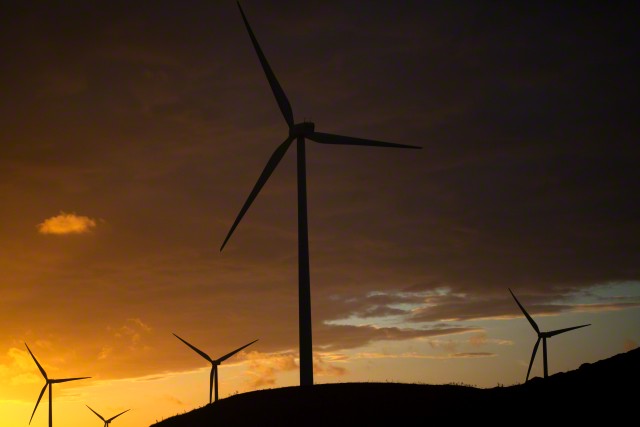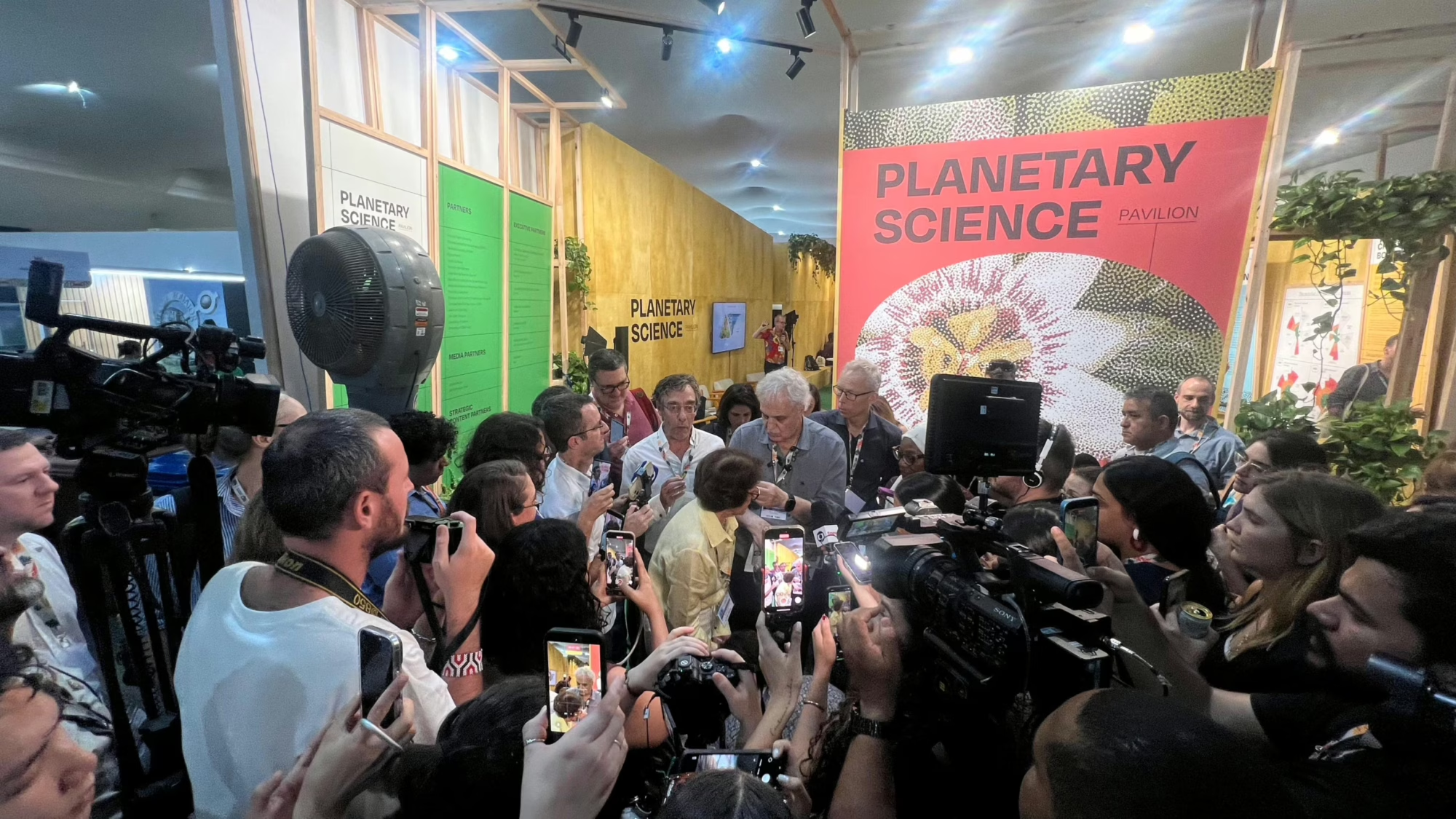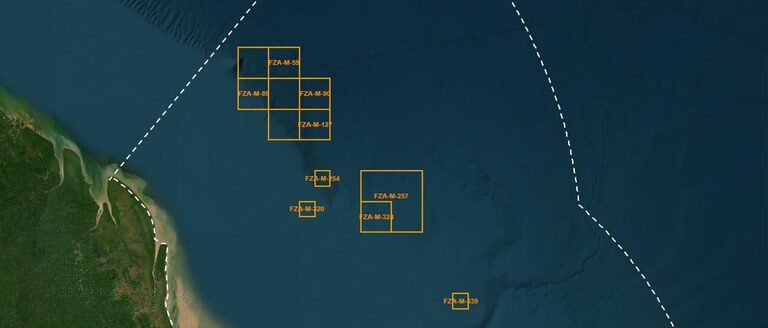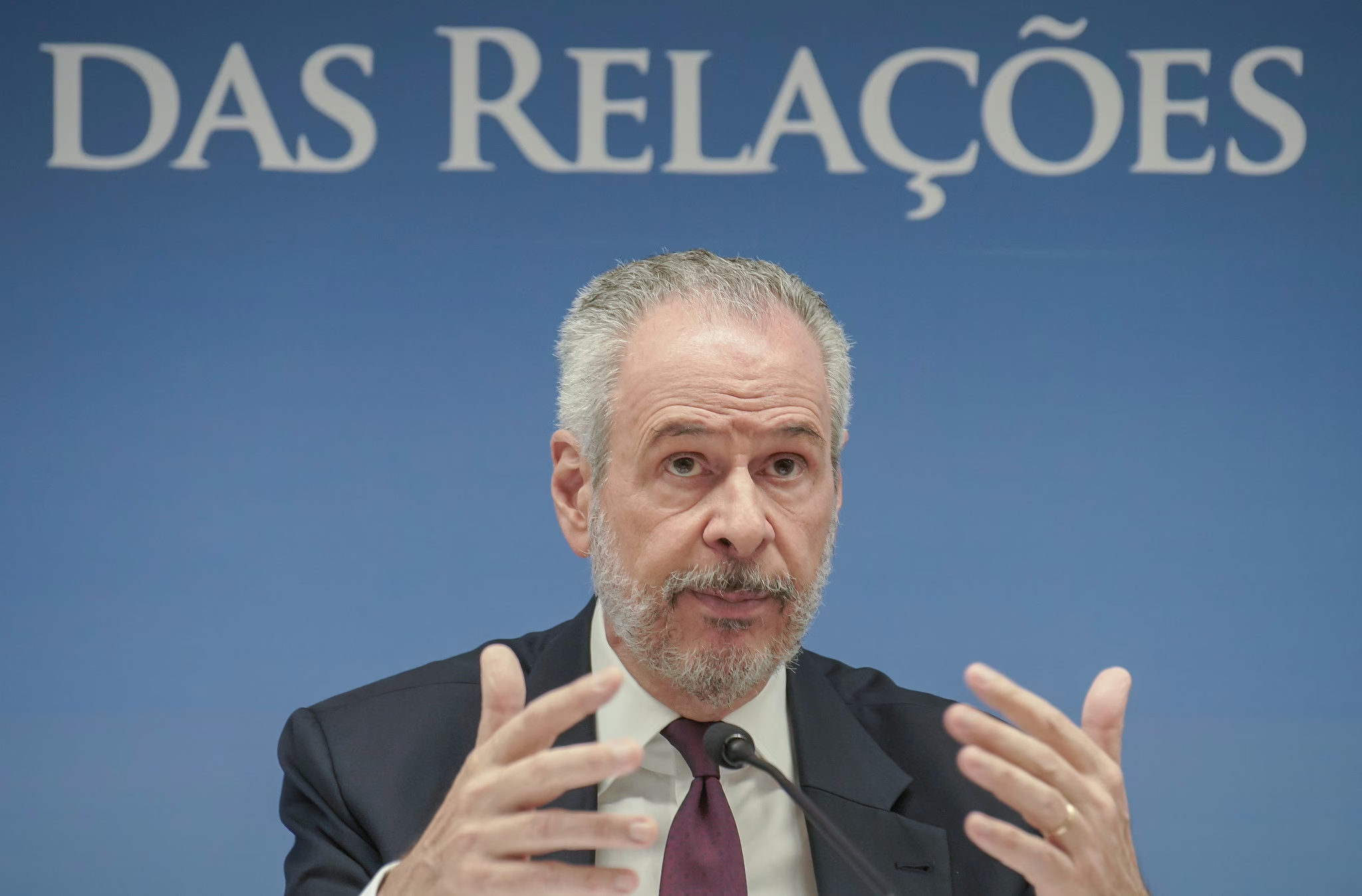The Brazilian Climate Observatory (Observatório do Clima, OC), a network comprising 37 civil society entities aiming to discuss climate changes in the Brazilian context, has launched a proposal demonstrating how Brazil can limit its GHG (Greenhouse Gas) emissions by 2030 to 1 billion tonnes of carbon dioxide equivalent. The document suggests long-term carbon neutrality for Brazil and other countries by 2050, considerably reducing the risk posed to the planet by global warming.
This document is called civil society INDC. The Intended Nationally Determined Contributions, or INDCs, are goals that all the countries around the world must present until October 1st of this year to form a new agreement to be signed at the 2015 United Nations Climate Change Conference to be held in Paris, next December.
The Brazilian government has not yet indicated the INDC bases to be presented at the France conference. The international pact that will be signed there aspires to ensure that the global temperature increase does not exceed 2ºC — a scientific and political consensus amongst world governments of upper limits to avoid catastrophic changes.
Even with all the GDP growth projection for Brazil, including population, industrial and agricultural production, the number indicated for the country emissions in 2030 represents a 35% reduction from 2010, date of implementation of the country’s National Plan on Climate Change.
Brazil is one of the ten biggest emitters of CO2 on the planet. Contributing significantly to the global temperature increase due to the uncontrolled deforestation during the last half of the 20th century. Contrary to what happened in other polluting countries, great part of Brazil’s emissions caused by the Amazon destruction has not generated development. Civil society proposal for 2030 also recommends that the country ends the loss of native vegetation.
In this regard, Observatório do Clima experts discussed several options for low-carbon development. “Civil society is getting ahead of the government, who hasn’t presented its targets yet,” states Carlos Rittl, OC’s executive Secretary. According to him, the proposal presented by Observatório is doable, since it counts on technologies already available and widely used here.
Simultaneously to the INDC, a document has been presented which lists abatement measures for different economy sectors. “We are showing that it’s possible for the country to give a fair and ambitious contribution that is both good for the climate, reducing risks, and the economy, creating opportunities in industries in which Brazil already has comparative advantages,” says Rittl.
Responsible growth
In practice, experts created stepping-stones towards a low-carbon economy presenting a set of actions to climate changes adaptation in coming years based on the national reality. “We want to assert to President Dilma Rousseff that she can move forward with this emission reduction target because we are able to implement it. This can be the push we need to formalize a climate global agreement that ensures that the global temperature increase will not surpass 2ºC,” arguments Tasso Azevedo, SEEG coordinator, OC’s Greenhouse Gas Emission Estimate System.
In electricity production, the agenda is to freeze the expansion of fossil-fuel sources. Therefore, the main provisions are related to the increase of distributed solar photovoltaic energy, biomasses energy (burning sugarcane bagasse in thermoelectric), and wind energy, ensuring energy security during periods of low water levels on the hydroelectric reservoirs that are part of the National Interconnected System. “If Brazil decides to look for its vocation and natural potential, which are renewable energy sources such as solar and wind, it will show that the country is willing to do its part in regard to electricity,” states Ricardo Baitelo, Grenpeace Brasil’s Climate and Energy Campaign coordinator.
Pasture and optimized vehicles
In the transport industry, proposals are based on what is already determined by the National Policy on Urban Mobility, a 2012 law that calls for the expansion of public transportation provision and stimulates the public to trade individual for public or non-motorize transportation.
Focusing on fuels, it is predicted the gradual phase-out of diesel fuel in buses used in the metropolitan areas in favor of electricity, as well as the adoption of cleaner energy sources in cars (prevalence of ethanol and batteries). The plan is to resume alcohol fuel program to make 80 billion liters available and in use by 2030. “It is an ambitious target, but viable, if there is a political decision,” states André Ferreira, CEO of Institute of Environmental Management and Assessment (IEMA), responsible for presenting this subject numbers.
As to freight road transport, it is suggested an increase of 20% of biodiesel mixed to diesel fuel, called B20, as well as adapting the fleet to the best international practices (better performance and less polluting trucks and cars).
In agriculture, to fight herd growth, devised as more than 260 million heads of livestock, it will be necessary to recover 18 million hectares of degraded pasture and to implement 3.5 million hectares of crop-livestock-forestry integration. Other measures that will reduce beef cattle emissions are: increase of pastures quality, animal supplementation, and slaughter age reduction. Treatment volume of animal manure also need to be doubled. “We must increase efficiency that provides profit to the producer, especially in stockbreeding,” explained Marina Piatto, Imaflora, who produced this sector estimates.
Plantation area expansion, estimated in over 20 million hectares, will require that 70% of grain production areas (83 million hectares in 2030) adopt the no-till system and prioritize the use of varieties that perform biological nitrogen fixation.
Step by step
All these parameters for public policies must be integrated to the national Plan on Climate Changes, which researchers estimate as being ready by 2016. It will consist of a set of targets for reducing impacts on population and ecosystems more vulnerable, incorporating development plans and the latest scientific discoveries in order to address the characteristic of different regions and economic sectors.
INDC text will also indicate that the systematic and continuous reduction of emissions will take place as of January 1st, 2021. Thereafter, they will become increasingly limited during two periods of five years until the GHG emission rich the maximum target of 1 billion tonnes of carbon dioxide equivalents in 2030.
In terms of financial feasibility, governments will need to ensure that by 2020 all their multiannual plans and annual federal budgets already include clear resources for financing the required actions to achieve the INDC.





